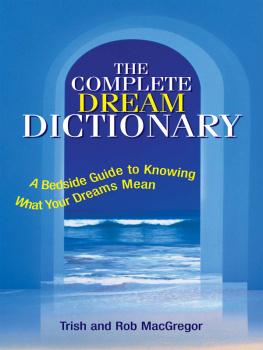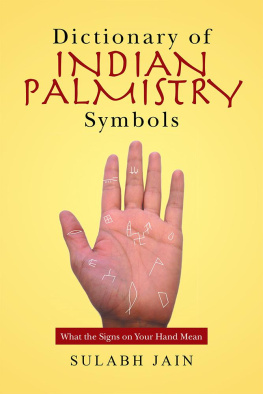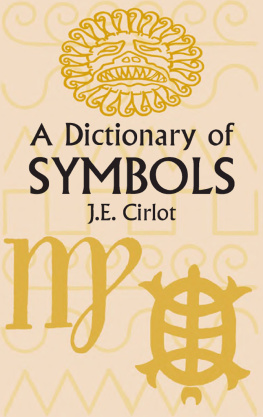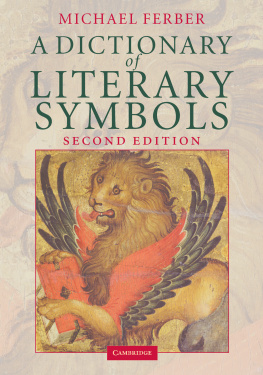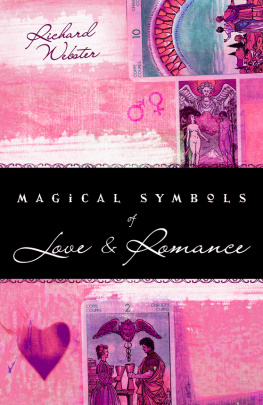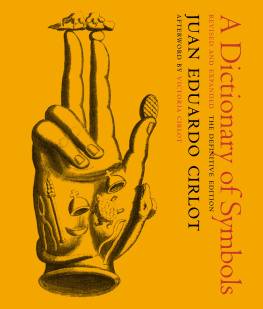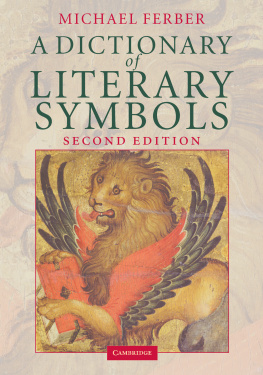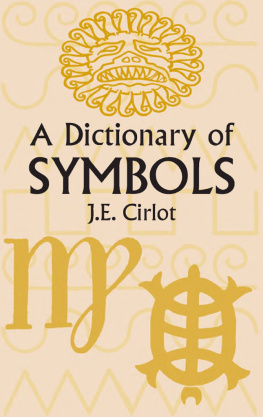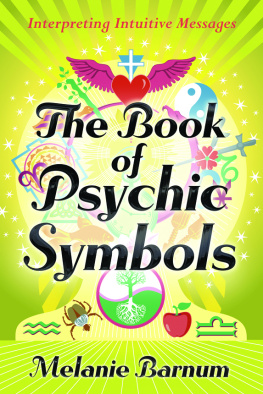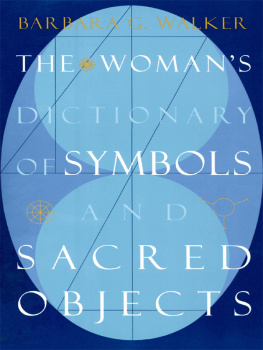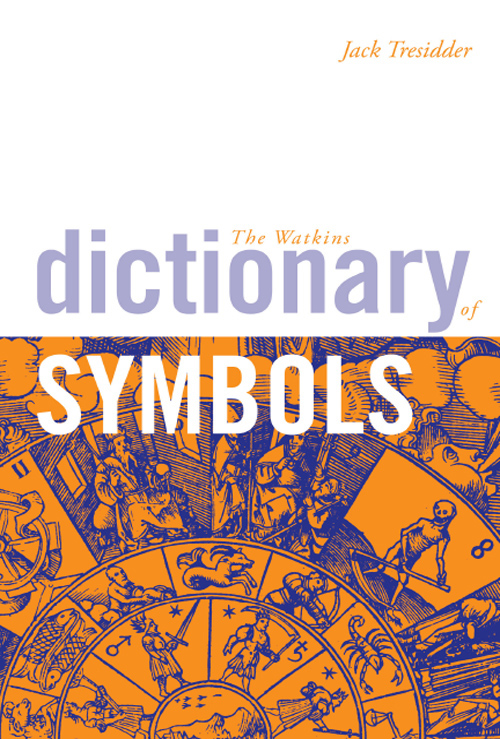INTRODUCTION
Traditional symbols form a visual shorthand for ideas and yet their functions and meanings extend to much more than that. For thousands of years they have enabled sculptors, painters and craftsmen to embody and reinforce deep thoughts and beliefs about human life in single, immediate and powerful images. Simply defined, a symbol is an object, a living thing or a feature of the natural world that has been chosen to represent a human concept or quality usually a positive one.
The essential difference between a symbol and a sign is that signs have practical, unambiguous meanings: Private, No Smoking, Danger. Symbols have greater imaginative resonance and more complex, sometimes ambiguous, meanings. Some symbols encapsulate the most ancient and fundamental beliefs that humans have had about the cosmos, their place in it, how they should behave and what they should honour or revere. Many have psychological import. Even symbols that embody simpler ideas heighten the significance of the ordinary object chosen as symbol, expanding it from the particular to the general: a heart carved in a tree is a symbol, not a sign.
In communicating large ideas, images long predated writing. Carved, painted or worked into effigies, clothing or ornaments, images that had become familiar symbols through repetition were used for magical purposes, to ward off evil or to entreat or placate gods and also to control societies, to weld them together, to inspire loyalty, obedience, aggression, love or fear. A coherent system of living symbols could make people feel in harmony with themselves, their community and the cosmos. It could inspire collective action. People still fight and die under emblems, standards or flags that have symbolic significance.
In the beginning, the most important symbols represented attempts to give order and significance to human life in a mysterious universe. Many fundamental ideas, and the symbols for them, were remarkably similar, whether in primitive cultures or in the developed civilizations of Asia, India, the Middle East, western Europe and Central America. In the West, this symbolic language began to lose its power in the Renaissance when science, reason and increasing respect for individuality led to a loss of interest in traditional beliefs and rituals, draining many symbols of their imaginative life in civil or religious custom or in folklore.
Symbolism retains its graphic and psychological force not only in such creative fields as art, literature, music and film but also in politics and advertising. Modern symbolism, with its vast range of new imagery and transient icons, lies outside the scope of this book. Here, the aim is to provide a succinct dictionary of symbols with a longer history, many of them important to a rounded understanding of the development of human thought, art, custom, religion and mythology. Cultural reference is as wide as possible within a book intended for a Western readership. Entries first define and explain the most important and universal meanings of each symbol, and then discuss subsidiary meanings. Particular cultures are identified when the symbolic usage is more specific than general.
Myths, spoken or written, are themselves extended symbol systems, encapsulating religious, philosophical or psychological truths, often based on tribal memories. Thus the myth of Oedipus, who killed his father and married his mother, symbolizes common human feelings of mother love and jealousy of the father. However, this book is a dictionary of individual symbols which can be objects or graphic images standing for an idea, feeling or abstract quality, or else ritual actions standing for an inner experience.
Symbols are often iconic, imitating the form of the thing to which they refer. Their meaning is sometimes unexpected and sometimes self-evident because it is based on some quality that seems inherent in, for example, a lion (courage) or a rock (solidity). In selecting entries I have passed over subjects that have banal or entirely self-explanatory associations, such as steel, symbolizing strength, or curtain, symbolizing concealment. Familiar features of the earth or the visible universe animals, birds, fish, insects, plants or stones are all included in the symbolic repertoire. These, like humans themselves, were once seen as reflections of a greater reality, having qualities expressive of laws and moral truths inherent in the cosmic order.
Alternatively, symbols may be aniconic, having a form chosen more arbitrarily. They may even be based, as often in China, on a homonym a purely phonetic association with the name of something else. Aniconic symbols can range from graphic lines or shapes to words or ritual actions.
The entries in this book are selected to explain the meanings of visual symbols or symbolic actions, especially those that may now be puzzling, to demonstrate both the universality of many symbols and the cultural variety of others, and to show that some of the most familiar things around us have, or once had, deeper and more fascinating meanings and associations than we might now assume.
How to Use This Book
This dictionary has entries on major symbols that can be found in myth, literature and art, as well as those that have entered into the mainstream of everyday life. They are all arranged in AZ order. Emboldened words within the text indicate that these words are symbols with entries of their own explaining their meanings. Further cross-references are provided at the end of many entries, leading the reader to other relevant entries.
A separate Index of Supplementary Words covers real or mythological people, places, events, symbolic themes and works of art or literature that are discussed in the text but are not themselves the subjects of a main entry in the dictionary.
A
Acacia Immortality, especially in Judeo-Christian thought. Hardwood of an acacia species, the shittah, was used to build the Tabernacle and, by tradition, acacia spines formed Christs crown of thorns. The red and white flowers suggest lifedeath duality. Freemasonry uses an acacia bough as an initiation symbol and funerary tribute a reference to the branch supposedly laid on the grave of the biblical Solomons master builder, Hiram, by fellow workers who killed him when they could not make him reveal the mysteries of his craft. See Branch, Bough
Acanthus A Greco-Roman triumphal image of lifes trials surmounted, a symbolism suggested by the plants thorns and its vigorous growth. Stylized acanthus leaves on the Corinthian capital may refer to a Greek myth of an acanthus springing up on the grave of a hero.
Acorn Fecundity, prosperity and the power of spiritual growth from the kernel of the truth a symbolism that accounts for the acorn on the red cord of a cardinals hat. Acorns were sacred to the rural Nordic god of thunder, Thor, as part of the cult of the


